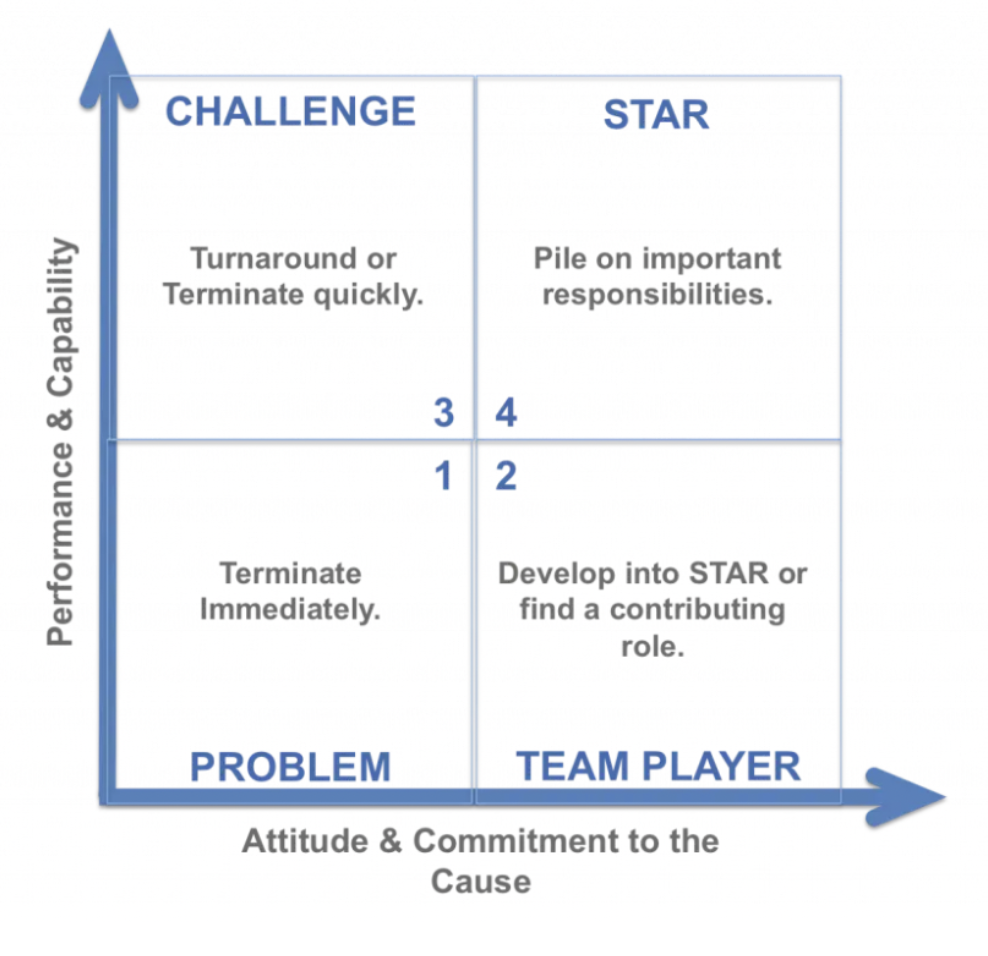Layoffs And Downturns In 2022
Every week there seems to be a story of yet another high-profile tech company making layoffs. In fact, many layoffs across the U.S and Europe can now be monitored using a useful Tech layoff tracker.
But not all companies are going through a hiring freeze or looking to make cutbacks in terms of headcount. Checkout.com, for example, which is a flexible payments platform, is looking to expand headcount a few months after securing an additional $1bn in investment.
French-based, Nfinite, a virtual photography platform, has recently secured $100 million in Series B funding. And at the other end of the scale, Amsterdam-based circular sharing platform Peerby.com, the startup that enables neighbors to borrow and lend household items, has just raised €2.3 million.
TechCrunch is full of stories about startups and scaleups raising additional investment across EMEA and the U.S. Indeed, despite “big tech” layoffs, many smaller employers are desperate for tech talent, according to Todd Thibodeaux, president and CEO of CompTIA, the Computing Technology Industry Association. And we know that demand for engineers and developers, in particular, is pretty robust regardless of the economic situation.



